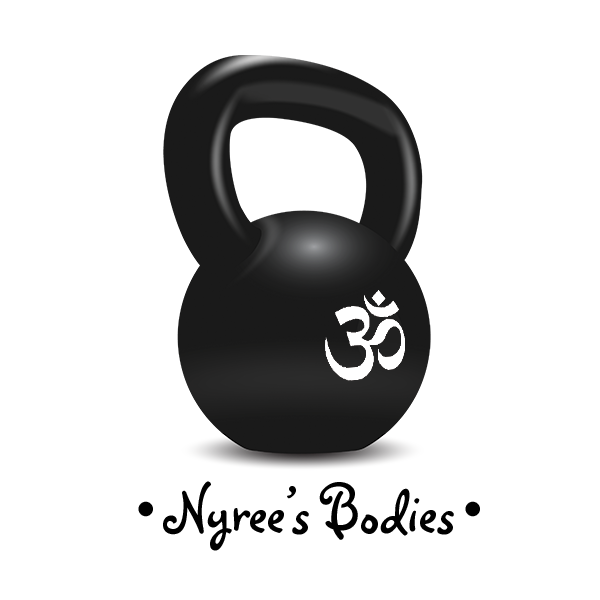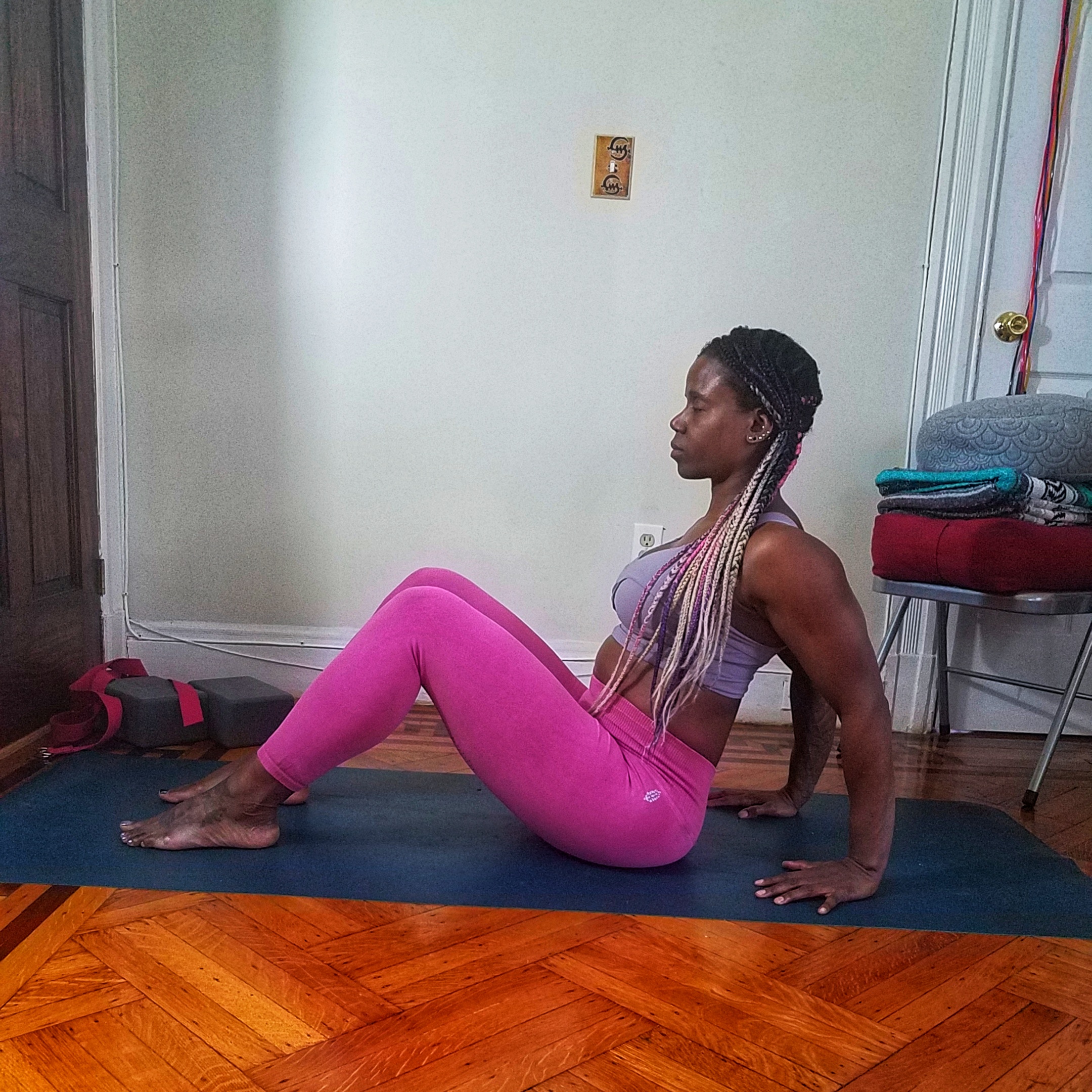Your Custom Text Here
Yoga for Better Athletic Performance
Part 2: Shoulder and Chest Opening shoulder extension
Let me start by saying I am not recreating the wheel. Yoga has been practiced for centuries and am presently not skilled enough to create a new format and nor does one need to be created. While the popularity of yoga has increased, the perception of yoga’s exclusivity has persisted as well as yogi practitioners being viewed as a certain body type. As an athletic person, yoga has directly affected my athletic performance. I move better with less restrictions from tight muscles and joints and have had less setbacks from injury due to muscle pulls. Heavy lifters can be hardheaded. Time away from the actual lifting of heavy things cuts into the actual time of lifting heavy things. Memories are short when it comes to that last shoulder wrench or bicep pull which lead to that unscheduled lifting break, when the addition of flexibility and mobility to the lifting program might have prevented it.
Structure of the shoulder joint (humerous and scapula) and shoulder girdle (shoulder joint and clavicle) is designed for movement of the arm through three planes; sagittal (flexion /extension), frontal (abduction / adduction), transverse (horizontal abduction & adduction and rotation). Increasing joint mobility, stretching has to take place through all joint angles. In this section, Continuing to focus on postures in the saggital plane, shoulder extension, with the arms moving from the front body and placed behind the body.
Rounded shoulders known as kyphosis can be caused by bad seated posture, over work of the anterior muscles around the shoulder joint and girdle or anatomical structure to name a few. As we age, this condition will become more pronounced and can cause problems with breathing, back pain and reduced mobility. Shown below are a few of my favorite yoga postures that target the front of the shoulders, are simple to set up and perform and effective. Perform these postures dynamically (with movement\repetitions) before a workout or static after workout is complete.
It is important to note that increasing flexibility and mobility is not a one size fits all deal. Lack of either can be attributed to anatomical structure along with other physiological explanations. Every body is different. Take the time to explore your movement and practice consistently. Oh yeah and breathe.
SAGITTAL PLANE -Shoulder Extension
Stretches the front/top of shoulder joint - anterior/medial deltoids , pectoral muscles
Ardha Purvottanasana - Reverse Table Pose, start position
Ardha Purvottanasana - Reverse Table Pose, end position
Reverse table top - sitting, place feet under knees and hands on floor under shoulders. Lift hips. Try to get parallel to floor. Hold for a a few breathes then repeat. Increase hold length over time. This stretch is also a back body strengthener as the muscles of the posterior chain (glutes, erectors of the the lower back, rhomboids, latissimus dorsi) lift the body to achieve the stretch in the shoulders.
Purvottanasana - Upright Plank Pose, start position
Purvottanasana - Upright Plank Pose, end position
Reverse plank (advanced) -Same set up with legs extended in front instead of bent knee. Lift hips by squeezing the glutes (the glutes initiate hip extension and protects the lower back) and hold for a few breathes and repeat. Increase hold over time. As with reverse table pose, this stretch is also a back body strengthener as the muscles of the posterior chain (glutes, erectors of the the lower back, rhomboids, latissimus dorsi) lift the body to achieve the stretch in the shoulders.
Arms behind back palms together, start position
Arms behind back palms together, end position
Arms behind back palms together. Clasp hands together behind the back. If possible, bring palms together with no space between wrists. Move shoulders down and away from ears, slowly raise hands and arms away from body. Hold for a few seconds, Breathe then repeat.
Arms behind back, belt modification When the hands are unable to grasp behind the back grab a belt, strap, towel etc. and walk hands as close to each other as possible without pain in the shoulder. Move shoulders down and away from ears, slowly raise hands and arms away from body. Hold for a few seconds. Breathe then repeat.
Arms behind the back, belt option, start position
Arms behind the back, belt option, end position
Has Too Much Yoga Porn Caused You Performance Anxiety - Flexibility Not Required
A few years ago, I wrote this piece out of frustration from what I saw being represented as yoga. I have grown in my practice since then and have tried to present an image of a nontraditional yogi; one who lifts heavy weights and is muscular, is African American and not particulary flexible as a way to encourage others to practice: hashtag #representationmatters. Yet, on the regular, I am hit with conversations expressing hesitation and fear from those interested in starting a yoga practice but afraid because of the images of super bendy, skinny yoga bodies bombarding their media feeds. For clarity, Yoga is for EVERY BODY and I want to get the word out.
I’ve been practicing yoga consistently for five years, sharing my progress along the way with friends, acquaintances and social media followers. I enjoy practicing, so much so, I invite one and all to come and join me for class, where maybe they will also begin to develop some love for the practice. All too often, I hear the following reasons why they don’t:
"I’m not flexible enough to do yoga.“
"Are they gonna have me doing handstands and stuff?”
“I need to practice before I come to class."
Ummm. Yoga IS the practice and flexibility is NOT a prerequisite.
If you follow yoga accounts, you may see the "yoga superstars”, the super flexible, very thin, and mainly fair skinned, create elaborate geometric shapes with their bodies. What about the ones who have no yoga commitment and use the asanas (yoga postures or poses) for photo ops to primarily to draw followers . There are also those who may already be very flexible for other reasons like dancers, gymnasts or genetics. This has been dubbed “Yoga Porn.”
How many super bendy “yogis” do you see on social media and elsewhere? Just hashtag #yoga. Do these images excite you or cause you distress, bringing out envy or jelousy? For a long time, those images brought out those same negative feelings. As beautiful as some of those photos are, that is not all yoga is. Yoga has 8 limbs and asana is one, (1. Yama - abstinence, 2. Niyama - observance, 3. Asana - posture/poses, 4. Pranayama - breath control, 5. Pratyahara - sense withdrawal, 6. Dharana - concentration, 7. Dhyana - meditation, 8. Samadhi - contemplation, absorption or superconscious state) and is usually the gateway to initiating a yoga practice. However, an over saturation of seemingly impossible asana images have intimidated and scared off potential yoga practitioners. Very few instructors I’ve practiced with over the years gave history or philosophy on the type of yoga being practiced that day. The ones that had, I followed intently, being the type who lives off the reasons for and history behind why I'm doing what I'm doing. It’s always been helpful to get a little background into the the thing when beginning something new. There are those who really only want to do the physical aspect of yoga, which is cool because there is the benefit of getting stronger physically. Fitness minded people are drawn to the physical. The asanas are very physical and very much seen, often for good or bad.
Like most, I was introduced to yoga through asana. I stood outside of studios and watched instructors until I was comfortable enough to walk in. I stayed because that particular teacher spoke to my spirit and made me feel welcome. I completed classes I didn't feel comfortable in, never walking out, but never going back. Not every teacher is for every student and part of the journey is finding the ones that are right for you, individually. I walked into the studio physically strong from years of weightlifting and cardio that resulted in being tight all over. I was not yoga strong which is a different kind of strength. Once my body became stronger in my practice, my flexibility increased. With consitency of practice came an interest in what else yoga could offer. This is a small part of what comes from committing to a yoga practice. But first, you have to start.
At this point on my journey, I still cannot do a lot of the super flexible postures. So what? I enjoy my practice; every time I see progress in a particularly challenging pose, it let's me know I'm moving forward. I will be able to practice the asana in its full expression when I’m supposed to be able to do them. The truth is some I may never be able to do. That is not what's important. Part of the journey is the practice. That is the joy of the practice. Everything in its time and there is always somewhere to go. It never ends unless you stop. This is true for everyone. That hyper flexible person you saw on Instagram may have been born that way. Or it that flexibility may have come from years of consistent practice and they are celebrating their journey by posting a picture. What is often not posted are the struggle photos or the before and after progress photos that got them to where they are today. This doesn’t make them better than you are or can be in your personal practice. Because yoga is personal. What someone else can do should not be a deterrent.
We all have someone we know who practices yoga. Ask them questions. Get studio, class and teacher recommendations. Then grab a friend and try it out. This is where your yoga journey begins. The journey is different for everyone. It cannot and should not be compared to another’s and should not be your focus. The concern over possibly being unable to perform something you saw someone else do is real but unwarrented as using yoga props (blocks, bolsters, straps etc.) can get most bodies into most poses. Comparison can lead to an unfulfilled and more than likely, brief yoga practice.
Here is the point. Yoga is for anyone. Yoga is for everyone. Every type of body. Every gender. Every race. Every age. E-VER-Y-BO-DY. Namaste.











